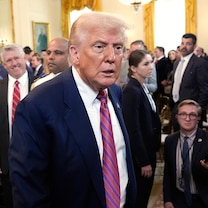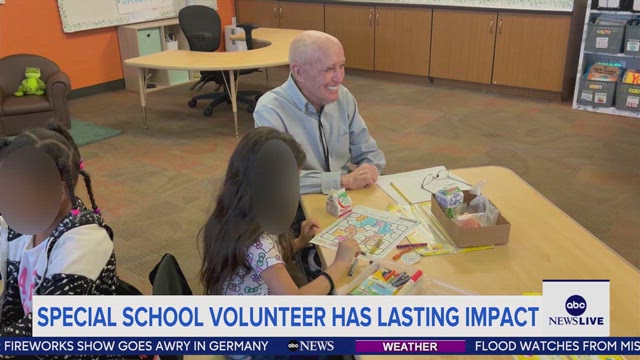Stem Cell Surgery for Vets Gets Federal Backing
Orthopaedic stem cell surgery receives multi-million dollar federal grant.
April 17, 2008— -- With the dexterity of a carpenter, the finesse of a master chef and the tools of a painter, Dr. Thomas Einhorn uses stem cells to do something on the cutting edge of science: grow brand new bone. Today, orthopaedic stem cell surgery earned significant backing from the federal government, which announced plans to dedicate $85 million for the creation of the Armed Forces Institute of Regenerative Medicine (AFIRM) to fund this procedure for veterans injured in Iraq and Afghanistan.
The hope is that the new funding will offer wounded soldiers a chance to heal from injuries that might otherwise have left them unable to return to work, or even walk.
Einhorn, the chairman of orthopaedic surgery at the Boston University School of Medicine and Boston Medical Center, used stem cells to try to repair a patient's hip, after seven conventional surgeries had failed. It was the first time he had attempted this specific surgery, which to the untrained eye looks a little like spray painting.
"That's the excitement for me," Einhorn said. "To develop new things and help people as a result."
Orthopaedic stem cell surgery has been practiced by only a handful of doctors nationwide. Proponents complain that medicine involving adult stem cells is underfunded because it is often confused with controversial embryonic stem cell research. But the stem cells Einhorn uses don't come from embryos; they come from the patients themselves.
"His own live cells," Einhorn said.
Einhorn extracts stem cells from the patient's bone marrow, drawn from the pelvis. Some is used for what Einhorn calls "grout."
"By mixing the bone marrow cells with protein, it gives me a kind of a grouting material that I can use to fill in the gaps," he said.
Dr. George Muschler, who pioneered the surgery at the Cleveland Clinic in Ohio, which is a grant recipient, said, "I think [the procedure] has applications to some challenges that might have previously cost patients their leg, because we didn't have a way to heal their bone."
Muschler has been monitoring patients in the past six years, and says he is convinced that the method results in the growth of strong, new permanent bone.





